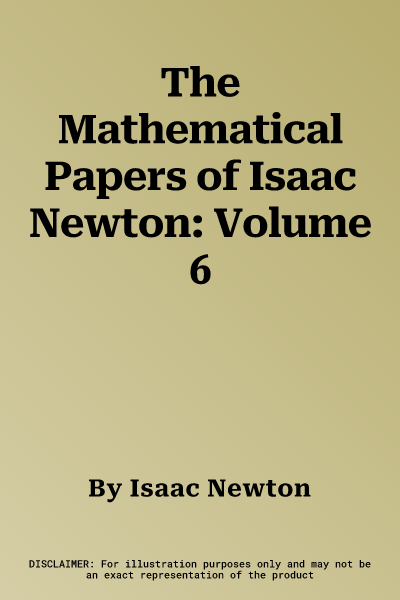Isaac Newton
(Author)The Mathematical Papers of Isaac Newton: Volume 6Hardcover, 30 May 1975

Temporarily out of stock
Free Delivery
Cash on Delivery
15 Days
Free Returns
Secure Checkout

Part of Series
Mathematical Papers of Sir Isaac Newton
Part of Series
Mathematical Papers, 1684-1691
Print Length
648 pages
Language
English
Publisher
Cambridge University Press
Date Published
30 May 1975
ISBN-10
0521087198
ISBN-13
9780521087193
Description
Product Details
Author:
Book Format:
Hardcover
Date Published:
30 May 1975
Dimensions:
29.69 x
21.01 x
5.99 cm
ISBN-10:
0521087198
ISBN-13:
9780521087193
Language:
English
Location:
New York
Pages:
648
Publisher:
Weight:
2277.03 gm